It's fair to say that Reformer Pilates has gained a lot of attention in the past couple of years. With the likes of Adele, Harry Styles and Kim Kardashian swearing by Reformer Pilates as an essential part of their workout routine, many of us have flocked to local classes to see what all the fuss is about. And the statistics prove it, with the Global Pilates Reformer Market Report predicting an annual growth rate of 6% between 2024 and 2031.
But, there's a major caveat to Reformer Pilates, and that's the expense. One Reformer class can cost upwards of £30, and while there are membership options available at some Pilates studios, these are also pretty pricey. Plus, not all Pilates studios have Reformer machines - I attend weekly Pilates classes at my gym where we're only able to do mat Pilates and wall Pilates. Needless to say, as fabulous as Reformer Pilates seems, it's not all that accessible.
Fortunately, there's an at-home alternative that everyone can try, involving nothing but the humble foam roller. I'm seeing more and more videos cropping up lately of people using a foam roller to replicate many of the exercises done with a Reformer machine. So, when I was asked to try this myself, it was a no-brainer - if I can experience the benefits of Reformer Pilates in my own home, for the cost of a foam roller and nothing else, then sign me up.
But just how simple is it to do at-home Reformer Pilates using a foam roller? Is it actually a viable alternative to in-person classes, where you've got a qualified trainer monitoring your form? It might look all well and good when Pilates pros are doing it on their Instagram, but can the rest of us safely - and effectively - replicate it at home?
You'll have to keep reading to find out how I got on trying the foam roller technique every day for a week. And if you're looking for more Pilates inspiration, make sure to check out the rest of our content, from the best Pilates exercises for arms to resistance band Pilates, to need-to-know info like how often you should be doing Pilates, we've got you covered.
Everyone's talking about this alt at-home Reformer method using a foam roller - so I tried it
What is the at-home Reformer Pilates foam roller technique?
As above, the at-home Reformer Pilates foam roller technique involves using a foam roller to recreate exercises performed with a Reformer machine, the theory being that the rolling motion of the foam roller can produce a similar effect to the back-and-forth movement of the Reformer carriage (the part of the machine you sit or lie on).
The benefits of Reformer Pilates have been well-studied. This 2021 paper indicates that Reformer Pilates can improve balance, reduce fall risk, and improve functional mobility. There's also this paper from 2024 which shows that practising Pilates using a Reformer machine engages and strengthens the core.
"There's a good reason why Reformer Pilates has become particularly popular in the last five years," Anna Mounsey Jennings, founder of Avalon Pilates tells MC UK. "Its benefits of posture, strength and rehabilitation are felt by everyone after a few classes. My clients have spoken in length about how they feel their body has transformed, or that they feel so much stronger and more empowered after trying Reformer."
So yes, Reformer Pilates is a brilliant workout, but it's just not possible for everyone to try. Enter foam rollers, an at-home, accessible alternative.
"The foam roller is excellent for mimicking some of the kinds of movements you can achieve on a Reformer," Anouska Shenn, Pilates instructor and founder of The Office Yoga Company says. But, Shenn highlights, there is a key difference between the two: "with a Reformer, you have a set of springs to adjust the amount of resistance of the carriage and straps. With a foam roller, you don't have the help of the springs, so you have to stabilise your body even more."
Plus, of course, while using a foam roller at home, you don't have all the expert guidance of a qualified professional who can keep an eye on your form and any potential injury risk.
Bottom line: the foam roller Reformer method is by no means easier, but there are some ways to make the method beginner-friendly (more on that later).
@jordanartman ♬ son original - 𝐷𝑀 𝑆𝑂𝑁𝐺𝑆 • 歌What are the benefits of trying at-home Reformer with a foam roller?
1. It's a core-strengthening workout
Like most of our favourite Pilates workouts, the foam roller Reformer method requires a lot of core work. "When you use a foam roller, you introduce more instability into your exercises, which gives your deep stabilising muscles an extra challenge and develops core control," Shenn explains.
Pilates' developer and namesake, Joseph Pilates, famously called the core the "powerhouse" of the body, so any workouts that focus on building and strengthening the core, are one to prioritise.
2. It enhances flexibility
Workouts that enhance flexibility get a big green tick from us - research has proven it to be a major component in all-around physical fitness. And it turns out that using a foam roller to recreate Reformer Pilates can do wonders in the flexibility department.
"Foam rolling helps relax tight muscles, making you more flexible and improving your overall range of motion," Victoria Repa, certified Pilates instructor and founder of BetterMe says. "This can be especially helpful for Pilates, which emphasises smooth and controlled movements."
3. It increases stability and control
Because of the difference between the foam roller and the Reformer machine in both weight and size, the roller is less stable than the Reformer and therefore provides less support. The result? Our bodies have to work harder to stay upright, and we increase our muscles' ability to stabilise and control.
As Repa explains: "By changing the orientation of the roller under your body, you will feel instability in different areas. It is this instability that makes the roller a good tool for working out muscles."
4. It's cost-effective and convenient
Finally, there are a couple of wonderfully practical benefits to using a foam roller over a Reformer. It's significantly more cost-effective - once you've paid for the upfront cost of a 90cm roller (usually between £15 and £25), you can experience the workouts for free. A membership at a Reformer Pilates studio, or the price of individual classes, is an on-going expense.
Plus, you can do the foam roller Reformer Pilates technique at home, and we all know that home workouts are ideal for slotting in to busy lifestyles.
@misha_culver ♬ Pon De Replay - Ed Marquis & EmieAre there any cons to doing at-home Reformer with a foam roller?
We've already touched on the fact that performing some of the exercises with a foam roller compared to a Reformer machine can be more challenging, which is definitely something to keep in mind if you're fairly new to Pilates.
"The springs on a Reformer machine assist you and can be added to or taken away according to the user's ability," fitness and Pilates trainer Tara Riley explains. "Doing similar exercises on a foam roller requires a great deal of core strength and control as well as balance."
Pilates instructor Eloise Skinner agrees. "The Reformer bed is stable and anchored, whereas the roller is free to move around - so needs much more core control," she explains to MC UK. "The Reformer is also equipped with a footbar, headrest, shoulder rests, and so on for support, whereas the roller relies on the control of your full body weight."
How to do Reformer with a foam roller at home?
I can't lie, hearing that the foam roller method is more challenging than Reformer makes me feel a little more nervous about my week-long challenge. But luckily, the pros offer lots of advice on how to make the method beginner-friendly.
"I would recommend having a go at some isometric holds first, before introducing any sliding movements," Shenn recommends. "For example, placing the roller under your feet in a glute bridge, and just maintaining the shape with the hips lifted, or practise articulating the spine up and down, all while keeping the roller still, focusing on the alignment and engagement."
You can also try holding a plank position with the roller under your feet, and the reverse plank, where the roller sits beneath your calves and you hold yourself up with your arms. The key is getting used to how the roller feels in static positions before you start introducing sliding movements.
For those who are completely new to Pilates, Shenn recommends starting off with a couple of mat Pilates sessions, sans roller. "If your muscles aren’t ready, you’re likely to "cheat" the form and the wrong muscles will take over, so you won’t get the full benefits of each exercise," she explains.
You can practise some Pilates exercises such as leg circles or toe taps, to help your body get used to the workout. Then, you can progress to the foam roller Reformer method - I'd recommend following a YouTube tutorial in the first instance, so you practise the movements correctly.
PILATES // PILATES REFORMER DUPE // FOAM ROLLER PILATES // DEEP CORE - YouTube

I tried at-home Reformer Pilates using a foam roller - here's how I got on
Days one to three
On day one of trying at-home Reformer Pilates using a foam roller, I decided to heed Shenn's advice and focus on getting used to how the roller feels. I start off with glute bridges with the roller propped under my feet and practise rolling my spine to lift and lower my hips. I also try static knee hovers, with the roller under my ankles and my arms supporting my body as I hover above the ground.
On day two, ever-ambitious, I try progressing the moves by sliding the roller under my feet and straightening my legs. This is when I struggle; the roller slips out from under me and I end up flat on the floor. Let this be a lesson in approaching the at-home Reformer Pilates method with caution; I'm unscathed, but it's the reminder I needed to take things slow.
On day three, I follow a guided YouTube tutorial and found the method much easier. Easier, in the sense that I can follow the moves in the video while the instructor talks through how to do them correctly - not easier in a, "Oh this is a breeze" kind of way. The exercises are tough, and I really notice the impact on my core; as I hold myself up on my forearms with my shins on the roller for example, my entire core is shaking.
I find following a tutorial is also good for introducing me to the variety of Reformer-style moves that can be done with the foam roller. Some of my favourite ones that I practised include:
- High plank with alternating legs moving the roller forward
- Side plank and hip lift with the roller under the feet
- Ab roll up with roller under the feet
- Reverse plank with the hip twist and knee drive
It's worth stressing here: I'm by no means perfect at any of these moves, but I'm enjoying getting used to the challenge that the foam roller brings. By propping the roller under my feet or shins, I don't have the same stability that I would doing the exercises on the floor, which means my core instantly becomes more engaged and I can feel the after-effects in my abdominal region.
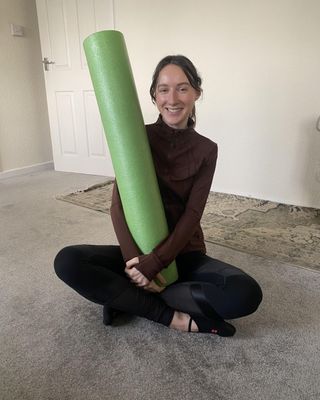
Katie during her at-home Reformer Pilates foam roller challenge
(Image credit: Katie Sims)
Days four to seven
By day four, I'm feeling a little more confident and want to try emulating Reformer Pilates with the foam roller more closely. Pilates teacher Skinner recommends trying the standing lunge with scooter variation - I've seen this Reformer move a lot online, so I'm eager to give it a go.
Placing one foot on top of the roller (face down), I bend the knee of the leg that is anchored to the ground and slide my roller-supported leg backwards into a lunging position. And wow, does it burn. It's tough work pulling my leg back up to standing, and my glutes are definitely having a workout.
On day five, I want to return to the sliding motion I tried on day two, to see if I have any more success. It's still really tough to push the roller away from my hips from the glute bridge position, but by focusing on my core, I manage to roll it out slowly and bring it back towards me. I've realised that small, controlled movements are better, and I'm feeling pretty pleased that I managed to stay on top of the roller this time around.
By the end of the week, I've practised a variety of moves and I'm relishing the aching sensation in my core and glutes, proof that I've done a good workout. I'm also feeling pretty proud of how far I've progressed from days one and two.
Will I keep practising at-home Reformer Pilates using a foam roller? While I don't think it's ever a replacement for in-person classes, I've found it a really challenging and enjoyable at-home alternative. I'd definitely benefit from some instructor guidance, but as a way to up intensity from home on occasion, it's a no-brainer. A Reformer class isn't on the cards for me at the moment, you see, so I'm delighted that I've found an affordable alternative. You bet that my foam roller and I will be spending a lot more time together this year.
Shop MC UK's Pilates essentials here:
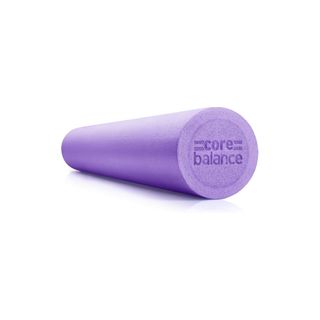
Core Balance Foam Roller 90cm
You'll need a 90cm foam roller to try Reformer Pilates at home. This one from Core Balance looks sturdy, and also comes in three colours: lilac, black, and blue.
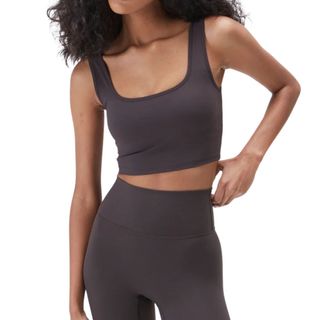
Adanola Ultimate Square Neck Bra - Coffee Bean
Adanola never fails when it comes to quality. Their Ultimate Square Neck Bra is ideal for Pilates, because it offers medium-level support without feeling too restrictive.
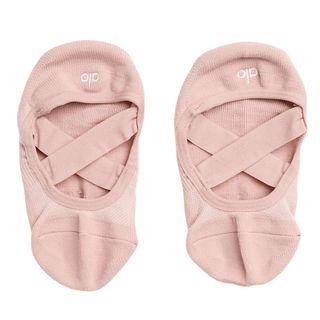
Alo Yoga Pivot Barre Sock - Pale Mauve
Alo Yoga's Pivot Barre Socks were rated as the most stylish socks for Pilates by MC's Health Editor. They look fab, but offer good grip and cushioning too.
Is at-home Reformer Pilates using a foam roller suitable for beginners?
Trying Reformer Pilates using a foam roller can be beginner-friendly, but only if you start with the basics and build the practice up from there.
'If you're a beginner, try all the exercises in static first,' Pilates instructor Victoria Repa advises. 'For example, instead of doing dynamic exercises, try standing in one position for 30 seconds. Then increase the time to 1 minute, and then move on to dynamics.'
By breathing deeply into each movement, and focusing on engaging your core, your body will start to become used to how the foam roller feels. Then you can start practising Reformer exercises; start off with the guidance of a YouTube tutorial, as the instructor will usually give adjustments for different levels.



















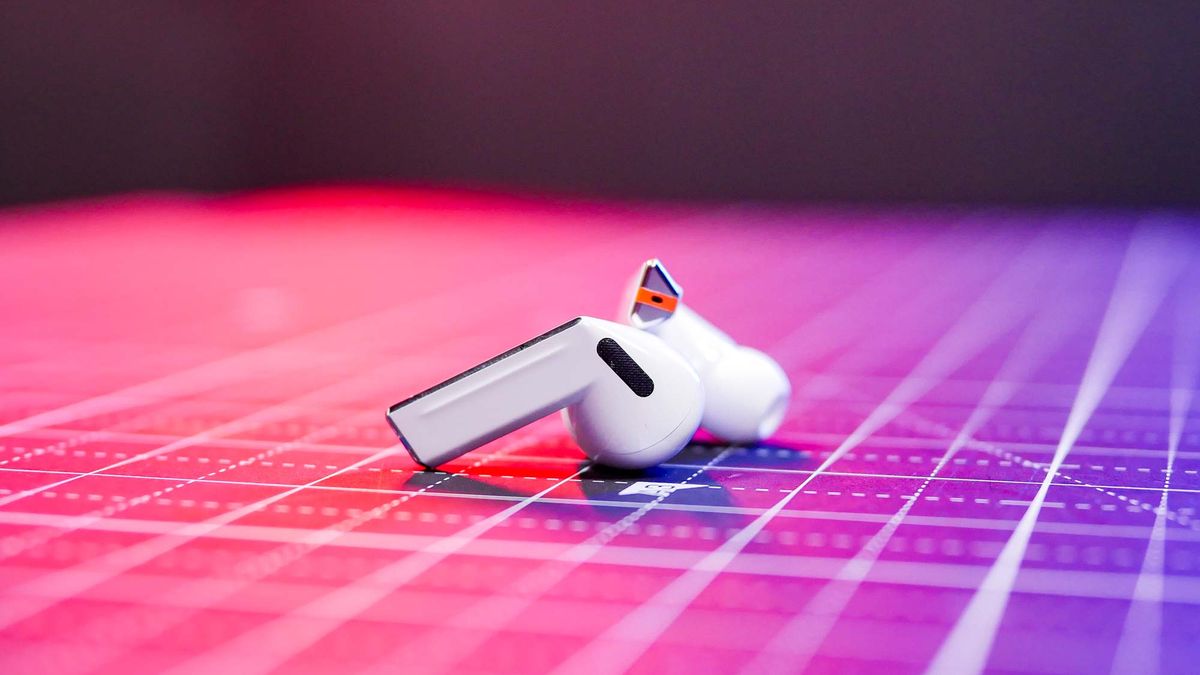
 English (US) ·
English (US) ·